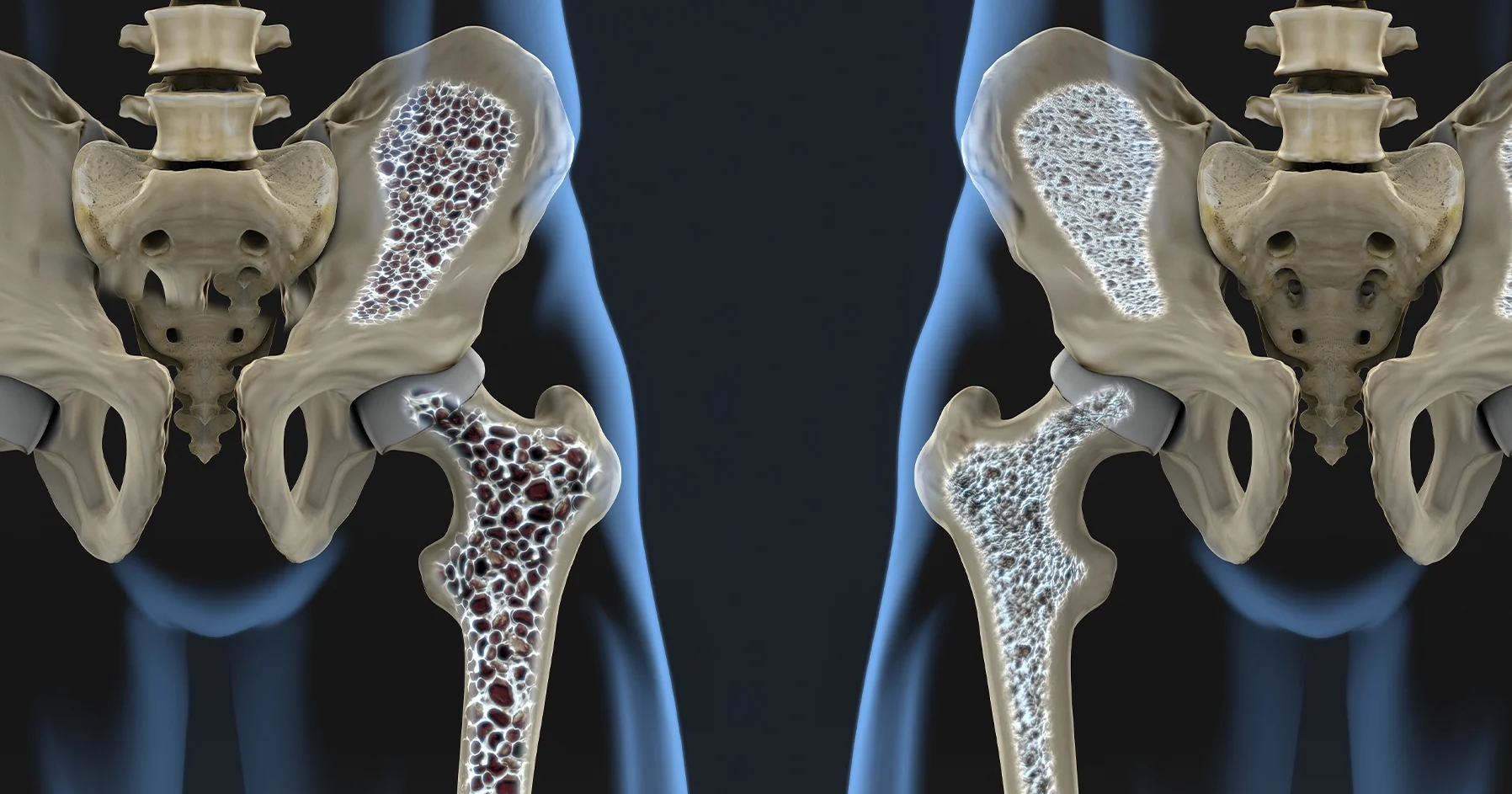According to a recent review published in BMC Endocrine Disorders, over 25% of individuals with diabetes have osteoporosis (OP). The authors of the study, conducted at First Affiliated Hospital of Anhui Medical University in Hefei, China, performed a systematic literature review and meta-analysis to assess the prevalence of OP in patients with diabetes. In total, 21 studies, conducted from various countries and languages, were included in the analysis, with the latest study conducted in July of 2022.
The researchers found that of the 11,603 individuals with type 2 diabetes, a significant proportion (27.67%) had OP. Subgroup analyses revealed some differences in the prevalence of OP, but these differences were not statistically significant. For example, the prevalence of OP in individuals with diabetes who were 60 years or younger was lower (19.17%) compared to older individuals (29.61%). Additionally, there was a positive trend towards a higher prevalence of OP among women with diabetes. In patients with diabetes and obesity, the prevalence of OP was higher (32.02%) compared to individuals with diabetes but without obesity (28.36%). The majority of the studies included in the analysis were of high quality, with only three studies of medium quality.
The results of the study highlight the significant prevalence of OP in individuals with type 2 diabetes worldwide. The authors note that strong measures are necessary to prevent and treat osteoporosis in diabetic patients. This includes promoting healthy lifestyles, regular exercise, and proper nutrition to improve bone health, as well as prompt treatment of underlying medical conditions that may contribute to osteoporosis.
In conclusion, the findings of the study demonstrate the need for increased awareness and action in the diabetes community regarding the risks and consequences of osteoporosis. Healthcare providers and policy makers must work together to implement evidence-based strategies to address this growing concern, ultimately improving the quality of life for individuals with diabetes.
